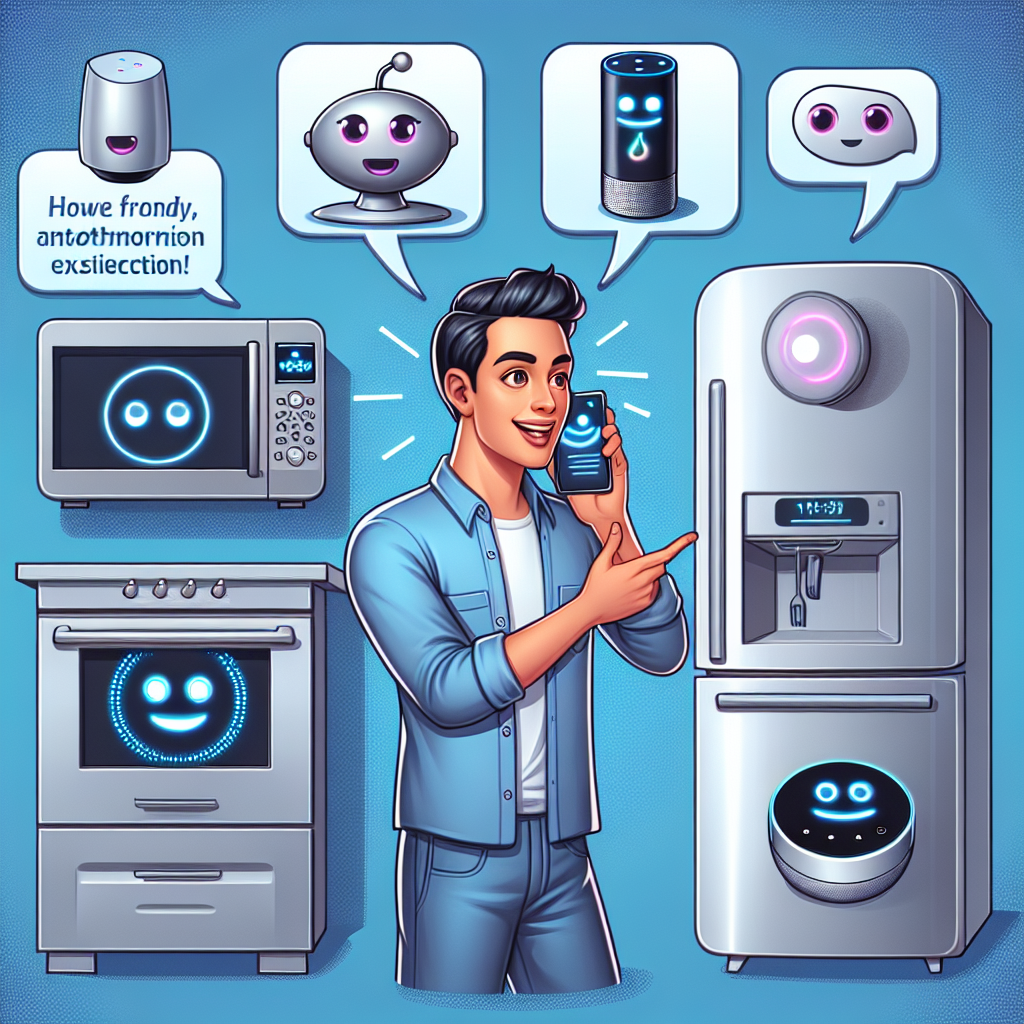In 2011, venture capitalist Marc Andreessen famously declared that “software is eating the world.” Fast forward to today, and we’re witnessing a new revolution: generative AI is not just eating software—it’s completely reimagining how we create, deploy, and monetize it. This transformation is fundamentally altering the landscape of Software as a Service (SaaS), opening unprecedented opportunities for innovation and disruption across industries.
Generative AI—technology capable of creating new content from existing data patterns—is reshaping the SaaS industry by introducing unparalleled efficiency and creativity to software development. Unlike traditional software that follows rigid, pre-programmed rules, generative AI-powered applications can learn, adapt, and create based on the patterns they identify. This shift represents more than an incremental improvement; it’s a paradigm change in how we approach software solutions.
For individual entrepreneurs, small businesses, and developers, generative AI is lowering the barriers to entry in software creation while simultaneously expanding what’s possible. The days of needing extensive coding knowledge or large development teams to create powerful software solutions are rapidly fading. Instead, we’re entering an era where ideas—not technical expertise—become the primary currency of innovation.
How Generative AI Expands the Functional Scope of SaaS
The integration of generative AI into SaaS platforms is dramatically expanding what these tools can accomplish through intelligent collaboration, workflow automation, and customizable AI digital workers. This expansion is particularly significant for individual entrepreneurs, small businesses, and startups that previously lacked the resources to build sophisticated software solutions.
Intelligent collaboration represents one of the most transformative aspects of AI-powered SaaS platforms. Rather than simply executing commands, these systems can actively participate in the creative process, offering suggestions, identifying patterns, and even anticipating needs before they’re explicitly stated. For example, modern AI SaaS Creation Platforms can analyze a user’s working style and automatically suggest workflow improvements or generate content that aligns with their brand voice.
Workflow automation has evolved from simple rule-based systems to intelligent processes that can handle complex, nuanced tasks. According to recent industry data, over 80% of sales professionals now rely on AI to generate personalized content, while 51% of marketers use it for data-driven insights. These applications aren’t just replacing manual labor; they’re enabling entirely new capabilities that weren’t feasible before.
Perhaps most revolutionary is the emergence of customizable AI digital workers that can be tailored to specific business needs. These aren’t merely tools but digital colleagues that can be trained to understand the unique requirements of a business and execute tasks with increasing autonomy and precision. For small team companies struggling with limited human resources, these AI workers offer a way to scale operations without proportionally scaling costs.
The benefits for entrepreneurs and small businesses are substantial. By automating routine tasks, teams can redirect their focus toward strategic initiatives that drive growth. A small marketing agency, for instance, can leverage AI tools to handle content creation, social media scheduling, and basic client communications, allowing human team members to concentrate on relationship building and creative strategy.
For developers and technical professionals, AI SaaS Creation Platforms provide a way to dramatically accelerate development cycles. Pre-built AI components can be assembled and customized to create complex applications in a fraction of the time it would take to code from scratch. This acceleration doesn’t just save time—it enables rapid iteration and experimentation, fostering a more innovative approach to software development.
Creating and Sharing AI Tools for Personal Use
The democratization of advanced technology through user-friendly low-code platforms represents one of the most exciting aspects of the generative AI revolution. These platforms are making sophisticated AI capabilities accessible to people without technical backgrounds, enabling a new wave of creativity and entrepreneurship.
Low-code AI platforms offer intuitive drag-and-drop interfaces, pre-built AI models, automated workflows, and seamless integrations with existing systems. This accessibility means that an entrepreneur with industry expertise but limited technical knowledge can build powerful applications tailored to their specific needs. For instance, a solo business owner in the real estate industry might create a custom AI tool that generates property descriptions, analyzes market trends, and automates client communications—all without writing a single line of code.
This democratization is driving innovation by bringing diverse perspectives into the technology creation process. When tools are accessible to people from various backgrounds and industries, the resulting applications often address problems that traditional software developers might not have encountered or prioritized.
The opportunities for entrepreneurs to share and sell their AI-generated products are equally transformative. Platforms like Zygote.AI are creating open marketplaces where creators can share their AI solutions, fostering a community of innovation and creating new revenue streams. This model parallels the app store revolution that transformed mobile software, but with potentially even broader implications as AI tools can address more complex business problems.
A notable example is how no-code AI platforms are turning simple prompts into products, helping solo creators launch and scale businesses with minimal investment. An entrepreneur might develop an AI-powered content generation system specialized for a particular industry, then offer it as a subscription service to others in that field. This creates a virtuous cycle where tools become more refined through usage, creating more value for both creators and users.
The personal use of AI products is also changing how professionals approach their daily work. Customizable AI digital workers can be trained to handle specific aspects of a job, effectively creating personalized productivity systems. A freelance graphic designer might develop an AI assistant that helps manage client communications, generates initial design concepts, and handles invoicing—essentially creating a digital support staff tailored to their unique workflow.
The Shift in SaaS Pricing Models
Generative AI is catalyzing a fundamental shift in how SaaS products are priced and valued. The traditional seat-based subscription model—charging per user per month—is giving way to more nuanced, outcome-driven pricing approaches that better reflect the value delivered by AI-enhanced applications.
Outcome-based pricing represents a compelling next frontier in SaaS business models. Instead of charging for access, forward-thinking companies are pioneering models where customers pay based on measurable results or value delivered. This approach aligns incentives between vendors and customers in powerful ways. When vendors are only paid when they deliver value, both parties have a stake in ensuring the software produces meaningful outcomes.
For example, an AI-powered sales enablement platform might charge based on the number of qualified leads generated rather than the number of salespeople using the software. Similarly, an AI customer service solution might price its services based on resolution rates or customer satisfaction scores rather than the size of the support team.
This shift is particularly significant for small businesses and startups, which can now access sophisticated software capabilities with pricing models that scale with the value received. Rather than making large upfront investments in software that may or may not deliver results, these organizations can adopt solutions where costs align directly with benefits.
The flexibility offered by composable applications powered by generative AI further enhances this value proposition. These modular systems allow users to assemble exactly the capabilities they need, avoiding the bloat and complexity of traditional software suites. This composability means that businesses can start with a minimal set of features and gradually add capabilities as needs evolve, creating a more organic and cost-effective growth path.
Industry analysts predict that by 2025, the majority of new SaaS offerings will incorporate some form of outcome-based pricing, driven by the measurability and flexibility that AI systems enable. This transition represents not just a change in billing practices but a fundamental rethinking of the relationship between software providers and their customers.
The Future of SaaS Driven by Generative AI
The ongoing revolution in SaaS driven by generative AI is just beginning, with far-reaching implications for productivity, collaboration, and business models. As we look toward the future, several trends are emerging that will likely shape the next generation of software services.
First, we’re moving toward fully automated workflows that require minimal human intervention. Zygote.AI, for instance, has already developed systems that can autonomously select topics, write content, generate illustrations, perform reviews, and publish promotional articles. These end-to-end automated processes represent a step change in productivity, allowing teams to accomplish more with fewer resources.
The integration of multimodal AI solutions—systems that can work across text, images, audio, and video—will further expand the capabilities of SaaS platforms. These technologies will enable more natural and intuitive human-computer interactions, making software more accessible and effective for users regardless of their technical background. Natural language processing is already transforming how users interact with these platforms.
Industry-specific AI applications will continue to emerge, addressing the unique challenges and opportunities in healthcare, finance, education, and other sectors. These specialized tools will offer deeper expertise and more tailored solutions than general-purpose alternatives, creating significant value for businesses in those industries.
For individual entrepreneurs and small businesses, these advances offer unprecedented opportunities to compete with larger organizations. When sophisticated AI capabilities are accessible through user-friendly platforms like Zygote.AI, the traditional advantages of scale become less relevant. A solo entrepreneur with the right AI tools can now deliver services that previously required a sizeable team.
The philosophy of making AI accessible and empowering individuals to turn ideas into impactful products aligns perfectly with these developments. By providing a platform where anyone can create customizable AI digital workers and automated workflows without coding skills, companies like Zygote.AI are democratizing access to advanced technology and fostering a new wave of innovation.
In this emerging landscape, the ability to quickly test, iterate, and deploy AI-enhanced software will become a critical competitive advantage. Low-code platforms that streamline this process will play an increasingly central role in business strategy, allowing organizations to rapidly respond to changing market conditions and customer needs.
The ultimate goal—achieving fully automated workflows that require no human intervention—represents the logical conclusion of this evolution. As AI systems become more sophisticated and reliable, they’ll increasingly take on complex tasks that currently require human judgment and creativity, freeing people to focus on higher-level strategic thinking and innovation.
The generative AI revolution in SaaS is fundamentally about empowerment—giving individuals and small teams the tools to create, share, and sell software solutions that previously required significant technical expertise and resources. As these technologies continue to evolve, they’ll reshape not just how we build and use software but how we work, create, and solve problems across every industry and domain.
For those ready to embrace these changes, platforms like Zygote.AI offer an entry point into this new world—a place where ideas can quickly become powerful AI products, ready for personal use, sharing, or selling in an increasingly AI-driven marketplace.









